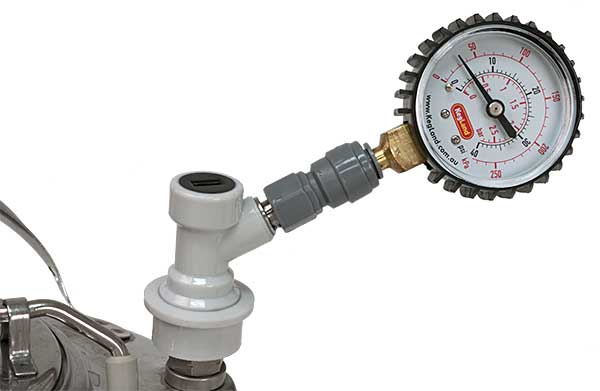Hey Gang,
I've got a chest freezer I have two kegs carbed to 2.25 volumes/45 degs/12psi but I need to cold crash a fermenter before kegging it.
Has anyone ever experimented with removing the CO2 tank, letting it warm (the CO2 will likely push out of the beer, increasing the pressure in the head space). Once I am done cold crashing the other.. in lets say 4 days... putting it back in to cool. I am curious how long it would take for the beer to restabilize once re-cooled?
Also, in reverse, has anyone tried carbing warm (room temp) at 25 psi (to give you roughly 2-2.25 volumes) then cooling the beer to 40-45 degF? If so, how long did you wait for everything to stabilize?
Let me know if anyone has experience with this!
Thanks Team!
I've got a chest freezer I have two kegs carbed to 2.25 volumes/45 degs/12psi but I need to cold crash a fermenter before kegging it.
Has anyone ever experimented with removing the CO2 tank, letting it warm (the CO2 will likely push out of the beer, increasing the pressure in the head space). Once I am done cold crashing the other.. in lets say 4 days... putting it back in to cool. I am curious how long it would take for the beer to restabilize once re-cooled?
Also, in reverse, has anyone tried carbing warm (room temp) at 25 psi (to give you roughly 2-2.25 volumes) then cooling the beer to 40-45 degF? If so, how long did you wait for everything to stabilize?
Let me know if anyone has experience with this!
Thanks Team!




